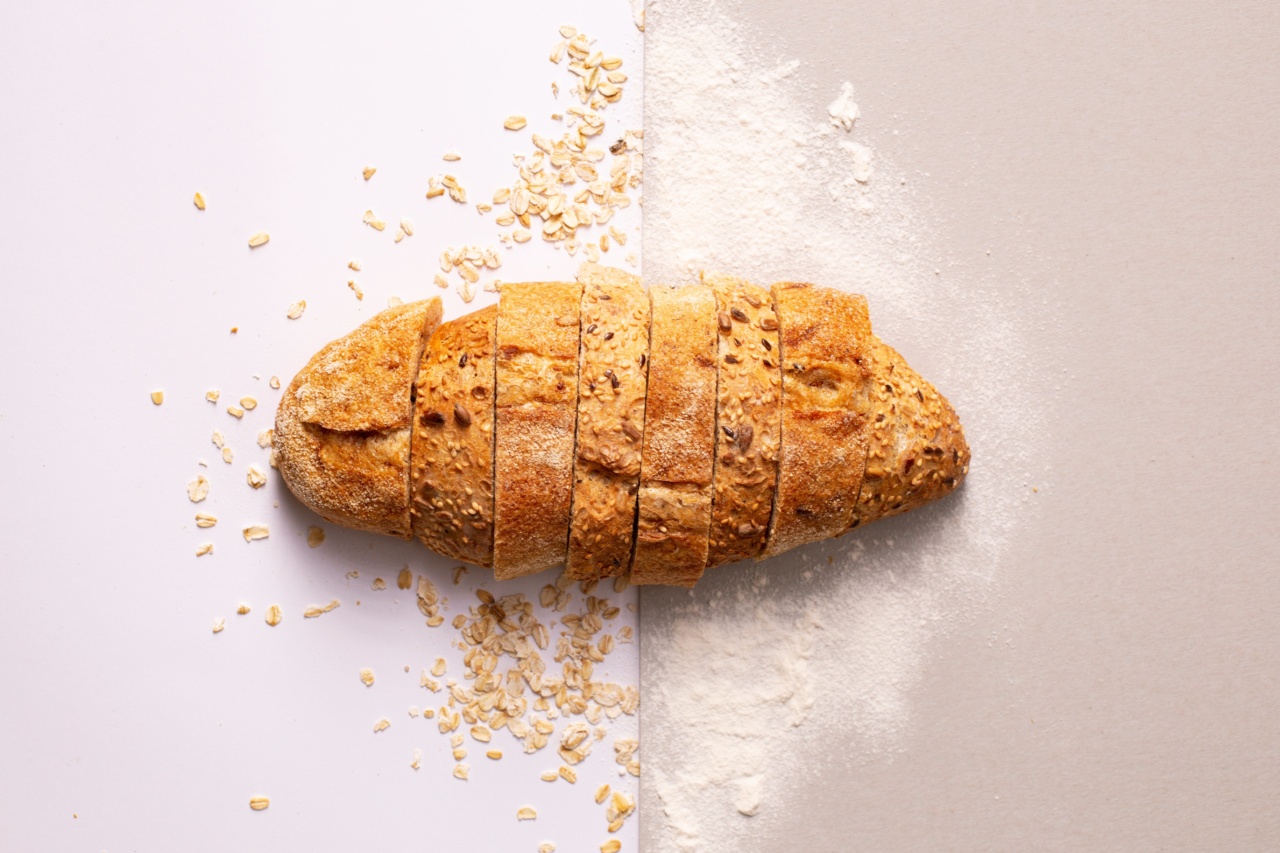Granola is a popular breakfast option that is made by combining rolled oats, nuts, seeds, and sweeteners, such as honey or maple syrup, and then baked until crisp.
It is often mixed with dried fruits, such as raisins or cranberries, to add a touch of sweetness. Granola can be enjoyed on its own, with milk, yogurt, or as a topping for smoothie bowls or desserts. It is a versatile and nutritious choice for breakfast or snacking.
Nutritional Value of Granola
Granola is packed with various essential nutrients that provide numerous health benefits. Here are some of the key nutritional components of granola:.
Whole Grains
Most granola recipes include rolled oats or other whole grain ingredients.
Whole grains are an excellent source of dietary fiber, which aids in digestion, helps maintain a healthy weight, and reduces the risk of chronic diseases such as heart disease and diabetes. Additionally, whole grains provide essential vitamins and minerals, including iron, magnesium, and B vitamins.
Nuts and Seeds
Granola often contains a variety of nuts and seeds, such as almonds, walnuts, flaxseeds, or chia seeds. These ingredients are rich in healthy fats, protein, and fiber.
Consuming nuts and seeds regularly has been associated with a lower risk of heart disease, improved brain function, and weight management.
Dried Fruits
Dried fruits, such as raisins, cranberries, or apricots, are commonly added to granola to provide natural sweetness and additional nutrients.
While dried fruits contain more sugar than fresh fruits due to the dehydration process, they are still a great source of vitamins, minerals, and fiber. However, it’s important to consume them in moderation to prevent excess sugar intake.
Added Sweeteners
Many granola recipes call for the addition of sweeteners like honey, maple syrup, or brown sugar to enhance the taste.
While these sweeteners do provide extra flavor, it’s crucial to consume granola in moderation, as these added sugars can contribute to weight gain and other health issues when consumed in excess. Opting for homemade granola or choosing brands with minimal added sugars is a wiser choice.
Benefits of Eating Granola
Granola offers several health benefits when consumed as part of a balanced diet:.
1. Energy Boost
Granola is a great source of carbohydrates, which provide energy to start your day off right. The combination of whole grains, nuts, and dried fruits offers a sustained energy release, helping you stay focused and energized throughout the morning.
2. Dietary Fiber
The high fiber content in granola aids in digestion and helps maintain a healthy digestive system. Fiber also promotes feelings of fullness, which can reduce overeating and support weight management.
3. Heart Health
The inclusion of nuts and seeds in granola provides heart-healthy fats, such as omega-3 fatty acids. These fats have been linked to reduced inflammation, improved cholesterol levels, and a lower risk of heart disease.
4. Nutrient-Dense
Granola is packed with essential vitamins and minerals, including iron, magnesium, and B vitamins. These nutrients play crucial roles in maintaining overall health, supporting energy production, and aiding in cell function.
5. Versatile Breakfast Option
Granola can be enjoyed in various ways, making it a versatile breakfast option. It can be eaten on its own, as a cereal with milk, mixed with yogurt, or used as a topping for smoothie bowls or desserts.
Its adaptability makes it suitable for different dietary preferences and tastes.
Risks and Considerations
While granola offers numerous health benefits, there are a few aspects to keep in mind:.
1. Calorie Content
Granola can be calorie-dense due to its combination of grains, nuts, and sweeteners.
While it provides energy, it’s important to practice portion control and be mindful of the overall calorie intake, especially for individuals watching their weight.
2. Added Sugars
Some store-bought granolas may contain excessive amounts of added sugars, which can contribute to weight gain and other health issues when consumed in excess.
It’s essential to read labels and choose brands with minimal added sugars or opt for homemade granola.
3. Allergies and Sensitivities
Granola often contains nuts and gluten-containing ingredients, making it unsuitable for individuals with nut allergies or celiac disease.
It’s important to check ingredient labels carefully and opt for nut-free or gluten-free granola options if necessary.
4. Portion Control
While granola is a nutritious option, it’s crucial to practice portion control. It’s easy to overindulge in granola due to its delicious taste and crunchy texture.
Be mindful of serving sizes and try not to consume excessive amounts in one sitting.
Making Homemade Granola
Making your own granola at home allows you to control the ingredients and customize the flavors to suit your preferences. Here’s a simple recipe to get you started:.
Ingredients:
- 2 cups rolled oats
- 1 cup mixed nuts and seeds (e.g., almonds, walnuts, pumpkin seeds)
- 1/4 cup honey or maple syrup
- 2 tablespoons coconut oil
- 1/2 teaspoon vanilla extract
- 1/2 cup dried fruits (e.g., raisins, cranberries)
Instructions:
- Preheat your oven to 325°F (165°C) and line a baking sheet with parchment paper.
- In a large bowl, combine the rolled oats, mixed nuts and seeds, honey or maple syrup, coconut oil, and vanilla extract. Mix well until the oats and nuts are coated with the sweetener and oil.
- Spread the mixture evenly onto the prepared baking sheet.
- Bake for 20-25 minutes, stirring occasionally, until the granola is golden brown and fragrant.
- Remove from the oven and let it cool completely on the baking sheet.
- Once cooled, mix in your choice of dried fruits.
- Store the homemade granola in an airtight container at room temperature for up to two weeks.
Conclusion
Granola is a nutritious and versatile breakfast option that offers several health benefits. Its combination of whole grains, nuts, seeds, and dried fruits provide essential nutrients and can support heart health, digestion, and energy levels.
However, it’s important to be mindful of portion sizes, added sugars, and any allergies or sensitivities. By making homemade granola, you have control over the ingredients and can customize it to suit your preferences. Enjoy your granola as a delicious and nutritious start to your day!.































